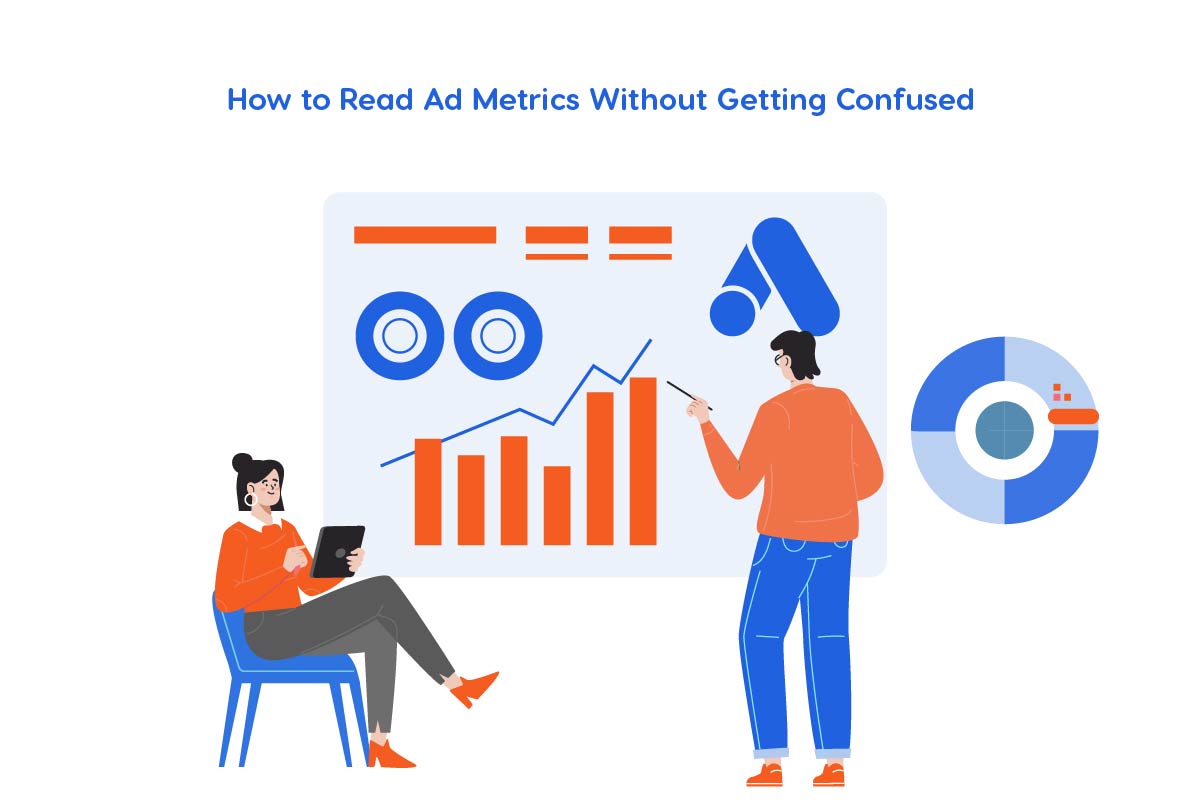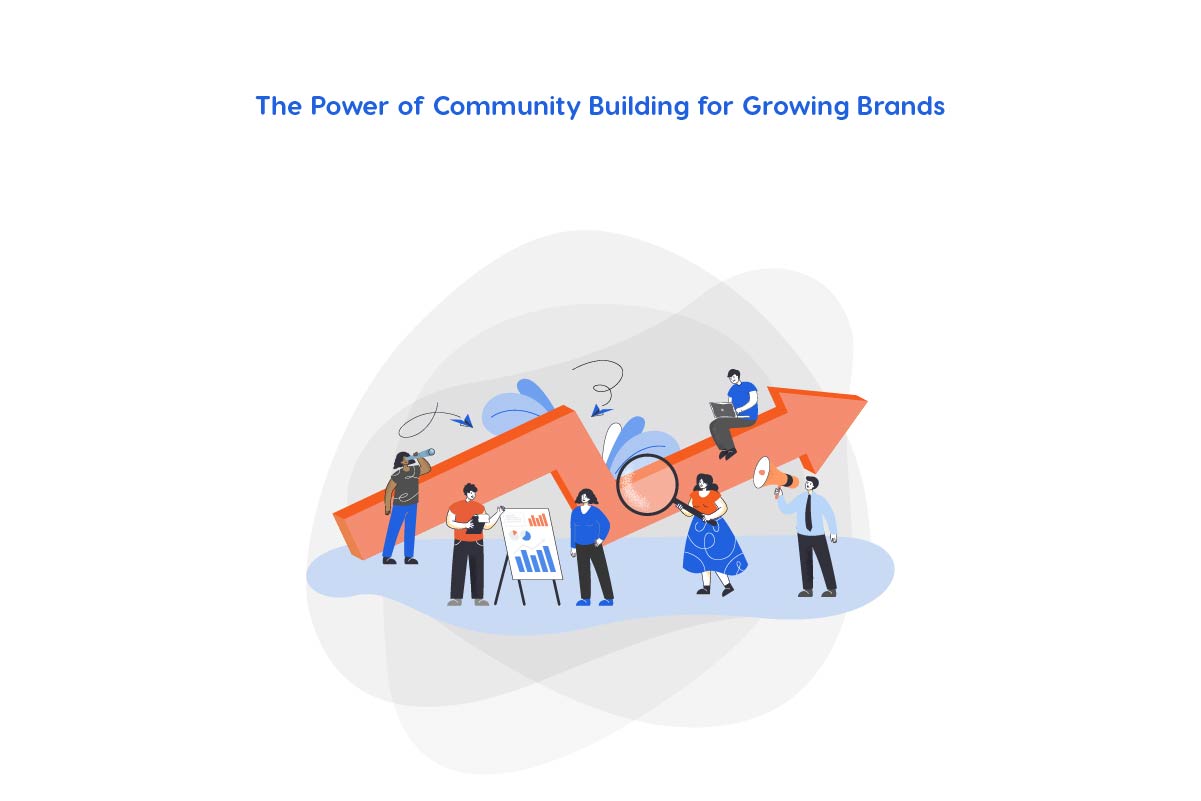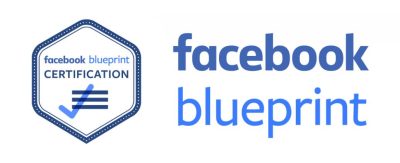Social media’s impact on fashion and branding reverberates profoundly in the current era of hyper connectivity and digital interactivity. The apparel sector in Pakistan is the biggest industry that propagated the idea of brands in the minds of consumers. As in schooling, an informal sector of women’s clothes started in the mid-90s virtually as a cottage industry, probably because of the local shalwar and kameez, which, for cultural reasons, faced no international competition. It was only in 2003 that “Gul Ahmad” opened its first flagship retail store named “Ideas” after that, the fashion industry started mushrooming. In this article we have explored the comprehensive detail of how social media is influencing Pakistan`s fashion industry.
The Pakistani fashion e-commerce market is projected to reach US$534.7 million by 2024, accounting for 18.3% of the total e-commerce market in Pakistan. The market is expected to grow in the coming years. The expected compound annual growth rate of the fashion market in Pakistan for the next four years (CAGR 2024-2028) will be 9.1%, resulting in a projected market volume of US$757.1 million by 2028.

To understand how social media strategies differ, dive into the detailed comparison of social media management and marketing.
The Rise of Social Media and Its Impact on Various Sectors
The Pakistani clothing brands sector stands out as a dynamic influence among the various industries impacted by these platforms. These brands have astutely recognized and utilized the immense potential inherent in platforms such as Instagram and TikTok. They use these platforms as vital tools to amplify their brand stories and captivate a global audience. The birth of social media has revolutionized multiple sectors and fashion is no exception. Platforms like Facebook, Instagram, TikTok, and YouTube have transformed how people consume, share and interact with fashion content. These platforms have democratized the fashion industry, giving voice to a broader range of designers, models and influencers.
Evolution of Fashion Trends in Pakistan
Pakistani fashion became more liberal and tasteful around the mid-20th century. Western influence at this point meant dresses were shorter, half half-calf trousers and bell bottoms became more common. Towards the end of the 20th century, long shirts became more common. Later, General Zia-ul-Haq introduced martial law requiring religiously appropriate clothing, paving the way for lengthier scarves and longer shirts. By the end of the 20th century, however, half sleeves became in fashion again and women styled their hair in bob cuts.
Along with traditional salwar kameez, cigarette pants, wide-leg pants, jeans, and tights all appeared on the scene. Today, modern Pakistani fashion reflects the progressiveness, cultural nuances, and diversity of this 200 million-person country. The fashion industry is as diverse as it’s ever been. Pakistani women now have their very own unique fashion identity that most people can relate to.
Learn how to effectively use social platforms to boost website visits with our comprehensive guide: 8 Best methods to gain website traffic from social media.
Role of Social Media Platforms in Facilitating Fashion Trends
Platforms like TikTok, Pinterest and Instagram facilitate trend dissemination and peer-to-peer recommendations. Policymakers should regulate how transparent and authentic sponsored content is on social media to prevent deceptive marketing and protect consumers from misinformation. Pakistani brands collaborate with influencers to increase exposure and credibility, creating online communities that build loyalty and repeat business. Real-time marketing through live streams and instant feedback allows brands to adjust strategies swiftly while global reach and localization tools enable cross-cultural trend dissemination and customized messaging.
Profile of Leading Fashion Influencers in Pakistan
Here are profiles of some leading fashion influencers in Pakistan
Amina Khan
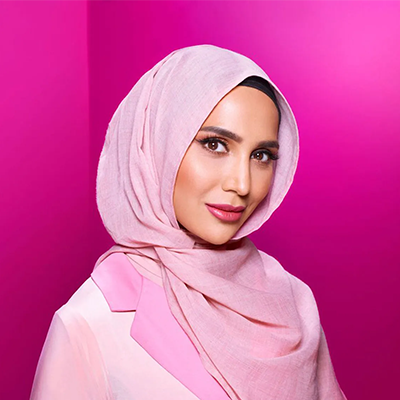
Amina Khan is one of the prominent fashion designers and beauty influencers. She is known for her hijab style and modest fashion. She is one of the first women to model for the L’Oréal brand for a hair campaign. The beautiful lady has been a born leader, influencer and entrepreneur for the past 10 years. She worked with major brands like L’Oréal and Hijab House. Active primarily on Instagram with over 500K followers. Amena shares hijab tutorials, fashion looks and lifestyle vlogs, promoting modest yet trendy fashion.
| Background | Amena Khan is a prominent fashion and beauty influencer known for her hijab styles and modest fashion. |
| Platform | Active primarily on Instagram and YouTube. |
| Followers | Over 500K on Instagram. |
| Instagram Profile | amenakhan |
| Content | Amena shares hijab tutorials, fashion looks and lifestyle vlogs, promoting modest yet trendy fashion. |
| Collaborations | Worked with major brands like L’Oréal and Hijab House. |
Faryal Makhdoom

Faryal Makhdoom is a Famous Brooklyn Youtuber, who was born on Jul 27, 1991 in Brooklyn, NY. She gained fame after marrying boxer Amir Khan in 2013. Faryal has her own cosmetics brand called Faryal Makhdoom Cosmetics, where she sells makeup products and fragrances. She an Instagram sensation with a zodiac sign Leo. Her journey began at age 22 when she started gaining recognition.
| Background | Faryal Makhdoom, wife of boxer Amir Khan, is a fashion and beauty influencer. |
| Platform | Instagram and YouTube. |
| Followers | Over 1 million on Instagram. |
| Instagram Profile | faryalmakhdoom |
| Content | Focuses on high-end fashion, makeup tutorials and lifestyle content. |
| Collaborations | Worked with brands like Dior, Givenchy, and other luxury labels. |
Do you want to explore how Meta AI enhances your WhatsApp experience in Pakistan? Learn how to use Meta AI in WhatsApp and discover the benefits for your daily communication.
Influencers Shape Fashion Trends and Brand Perceptions
Fashion influencers are not just passive consumers of fashion but active creators and promoters of it. They have the power to influence the fashion choices of their followers by sharing their outfits, tips, reviews and collaborations with famous brands and designers. Fashion influencers can also create their own fashion trends by mixing and matching different items, experimenting with new looks and expressing their personality and identity through their style. Pakistani fashion influencers can inspire, educate, and entertain their audience as well as generate engagement and feedback. You should work with influencers whose audience is similar to your target market and whose principles you share. Finding appropriate influencers is made easier with tools like social listening platforms and influencer databases.
How Social Media Influences Buying Decisions
Influencer reviews, ratings, recommendations, and user-generated content online hugely influence people’s buying decisions. With a large amount of online information, more buyers are looking for social proof to know about others’ experiences and help guide their purchasing choices. Many designers and textile groups such as Maria B, Junaid Jamshed, Sana Safinaz, Gul Ahmed, Mausummery, Wardah, Firdous, and Lala Textiles manufacture cloth and ready-to-use garments. Within Pakistan, they are marketed through radio, TV, print, and online media. They sold their products at outlets and exhibitions held locally and internationally. Many marketing campaigns are now being carried out through Social Media Networking sites (Ghani 2010). These marketing campaigns have different effects on Pakistani women’s buying behavior specially in major cities like Lahore, Islamabad and Karachi.
Trends in Online Shopping and Its Impact on Pakistan’s Fashion Industry
Platforms like Instagram and TikTok are becoming powerful shopping channels. Users can discover and purchase products directly within the app, blurring the lines between social media and e-commerce. Fashion shows are now streamed live on social media and websites, making them accessible to a global audience. A big Example of Virtual fashion shows is that Fabricant has produced memorable online fashion shows for brands like Adidas and Napapijri. Their show generated over 4 billion impressions and $100 million of PR value for Napapijri through digital design activations with online influencers and creators.
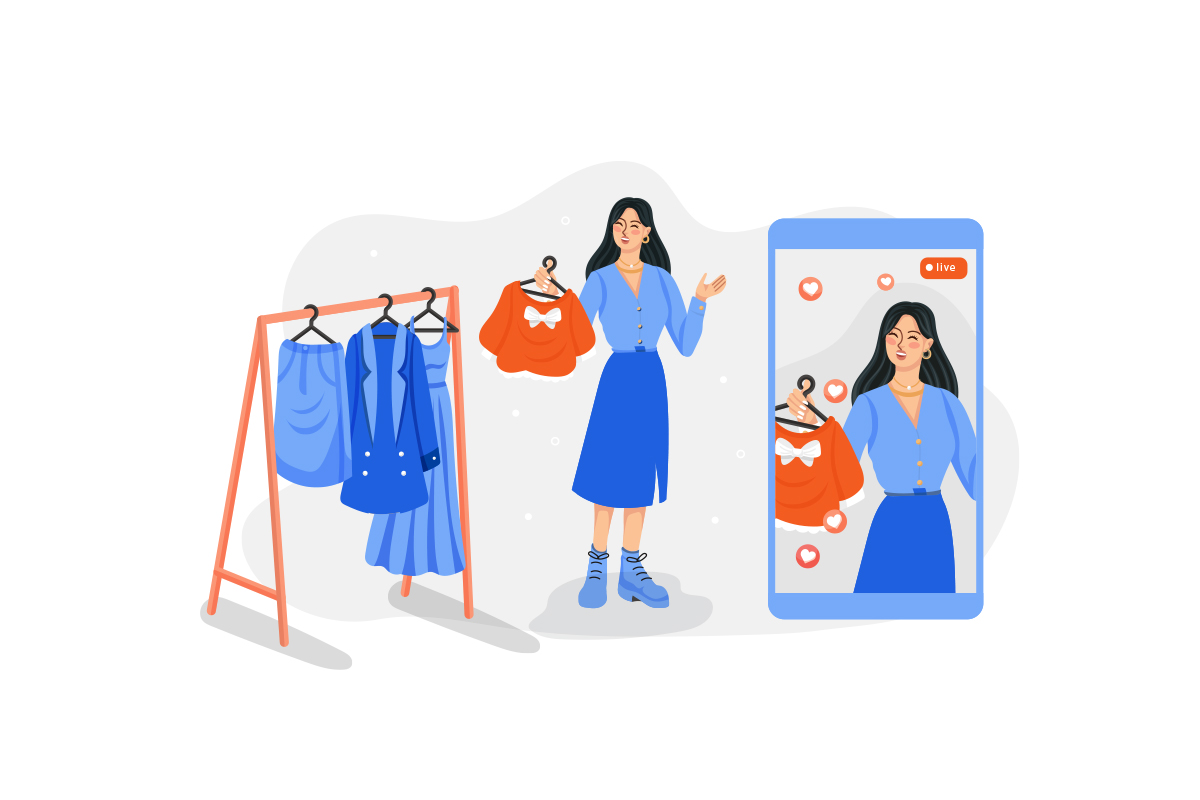
Let’s find effective strategies for job hunting with our 6 tips for finding social media marketing job in Pakistan and start building your career today.
Common Challenges Faced by Fashion Brands on Social Media
Social media has been a game-changer for the fashion industry but it also presents a unique set of challenges. Here are some challenges that a Pakistani brand can face on social media platforms like Facebook and Instagram, listed as:
Predictions for The Future of Social Media’s Role in Fashion Industry
As we look to the future, the integration of social media and technology in fashion continues to evolve. Innovations such as virtual reality experiences, augmented reality try-ons, and AI-powered recommendations are reshaping the consumer experience in the Pakistani fashion industry.
If you are looking to enhance your brand`s storytelling then you should read 7 social media storytelling hacks to engage your audience and grow your brand for expert insights.
Analysis of Marketing Strategies and Their Effectiveness
Explore how different marketing strategies impact business success and their effectiveness in the driving results
| Marketing Strategies | Description | Effectiveness Metrics |
|---|---|---|
| Digital Advertising | Online ads on platforms like Google Ads and Facebook Ads | Click-through rates (CTR), Conversion rates, Return on ad spend (ROAS), Cost per acquisition (CPA) |
| Content Marketing | Creating valuable content like blogs and videos | Engagement metrics (likes, shares, comments), Website traffic, Lead generation, Conversion rates |
| Social Media Marketing | Promoting brand on platforms like Instagram and Twitter | Follower growth, Engagement rates, Social shares |
| Influencer Marketing | Collaborating with influencers to promote products | Engagement rates on sponsored posts, Referral traffic, Conversions from influencer links |
| Email Marketing | Sending promotional emails to subscribers | Open rates, Click-through rates, Conversion rates |
| Search Engine Optimization (SEO) | Optimizing website content for search engine rankings | Organic search rankings, Website traffic, Conversion rates |
| Affiliate Marketing | Partnering with affiliates who promote products for a commission | Affiliate-generated sales, Conversion rates, ROI |
| Event Marketing | Organizing or participating in events to promote the brand | Event attendance, Leads generated, Post-event engagement |
| Public Relations (PR) | Managing brand image through media coverage and press releases | Media impressions, Sentiment analysis, Changes in brand perception |
| Loyalty Programs | Rewarding customers for repeat purchases and engagement | Customer retention rates, Program participation, Lifetime value |



